Meet the Yorkshire woman behind world-leading research in climate change
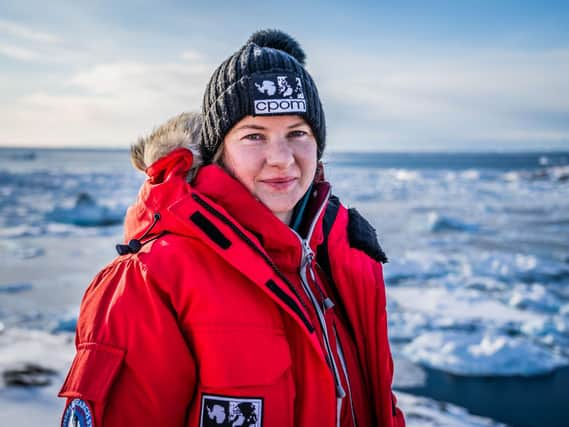

However ahead of the major United Nations climate change conference in Glasgow this year the Earth observation scientist said urgent action was needed after witnessing first hand the devastating effects happening in one of the most far-flung locations on the planet.
The 34-year-old first visited the Antarctic in 2013 as the only woman on a 11 strong team who traveled more than 1000 kilometres as part of a four month expedition.
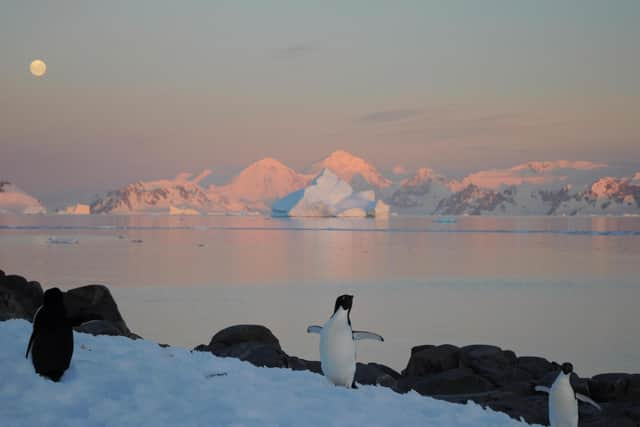

Advertisement
Hide AdAdvertisement
Hide AdShe recalled waking every morning to the sight of penguins and seals frolicking in the weather near the British Antarctic Survey (BAS) Rothera research base on the Antarctic Peninsula where she was based for the first month.
Dr Hogg said: “It’s the most remarkable place on earth - it’s the collision between the dramatic landscape and the natural world.
“You have a three thousand metre high mountainous spine just like the alps - but full of ice and glaciers coming down to sea level and carving into the ocean.”
This was followed by a desolate three months of fieldwork on Pine Island Glacier, the fastest melting glacier in Antarctica, where for the first time piston bullies - large vehicles which plow through the snow - were used to drive the team across the expansive distance.
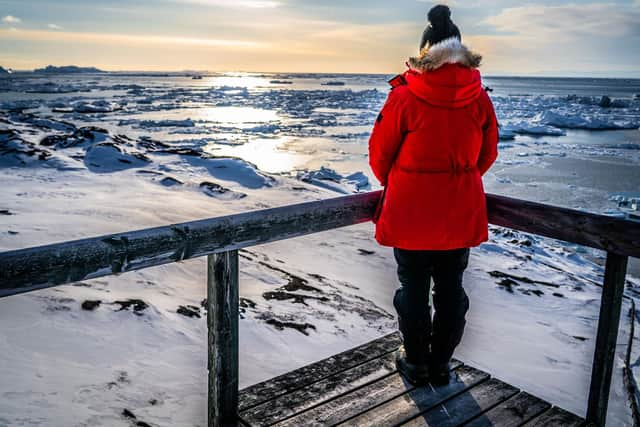

Advertisement
Hide AdAdvertisement
Hide AdThe large scale convoy included a shipping container with an ikea kitchen installed in it.
Dr Hogg said she was faced with a sheer white flat ice sheet and a never-ending horizon, alongside the lack of a shower and “appalling food”.
“There isn’t any wildlife - maybe the occasional bird that has got lost and found - that maybe happens two or three times,” Dr Hogg said.
But due to atmospheric conditions in Antarctica the Leeds scientist was privileged to experience many “unforgettable” weather phenomena including halos - where spectacular rings of light formed around the sun.
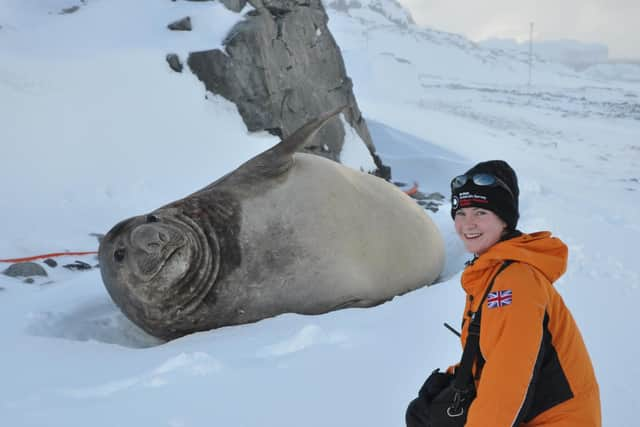

Advertisement
Hide AdAdvertisement
Hide Ad“It just takes up all of the horizon in front of you,” said Dr Hogg.
She also recalled times when she felt as if she was in a “glitter tunnel” thanks to the magic of diamond dust - where tiny ice crystals form from water vapour and fall through the air. On a sunny day these caught the sunlight and shone like a sprinkling of diamonds in the sky.
Fast forward eight years and Dr Hogg has been on four more campaigns including an exploration to Western Palmer Land, near the Antarctic Peninsula and three trips to Greenland.
Last month Dr Hogg, whose expertise include data analysis of satellite imagery, was also part of the University of Leeds team to warn 14 glaciers in West Antarctica are flowing faster.
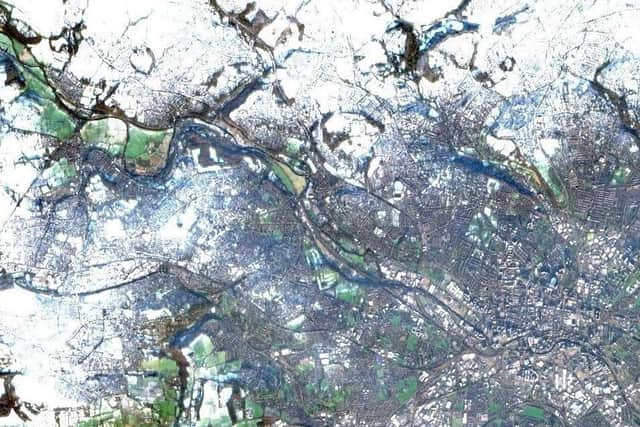

Advertisement
Hide AdAdvertisement
Hide AdUsing a 25-year record of satellite observations over the Getz region in West Antarctica, which cannot be accessed by humans, for the first time the team reported widespread increases in ice speed across the sector with the acceleration of ice away from the land into the ocean rising by nearly 50 per cent.
“The picture I’ve seen first hand from Antarctica and Greenland is that the ice is speeding up - it is thinning and therefore it is contributing to sea level rise, and it is contributing quicker to sea level rise quicker than we thought it would.
“We are tracking the high level estimates. It’s not that it’s the midterm or the lower end scenario that is panning out in reality.
“There is frustration that it’s happening and we are not putting in place enough mitigation actions globally.
Advertisement
Hide AdAdvertisement
Hide AdDr Hogg is also at the forefront of world-leading Yorkshire research in climate change data, as one of the leading scientists in a £5m innovative virtual project.
She is part of the Centre for Satellite Data in Environmental Science (SENSE) set up by the Natural Environment Research Council (NERC) and the UK Space Agency, which brings together PhD researchers from the Universities of Leeds and Edinburgh, with the aim of monitoring climate change.
Ahead of the United Nations climate change conference in Glasgow this November, where a team of earth observation scientists from the University of Leeds will present, Dr Hogg stressed the need for urgent action on the climate and ecological emergency.
“Everybody working in this area, day and night, knows this change is happening.
Advertisement
Hide AdAdvertisement
Hide Ad“We all have a responsibility to do our little part in the overall picture of securing ourselves a happier and healthier, greener, cleaning future that will be better to live in. It’s going to be better, but only if we act now.
She added: “The opportunity is now for the international community to come together and put in place strong enough actions to do something about it.
"I feel hope - now might be the turning point."
__________
Support The Yorkshire Post and become a subscriber today.
Your subscription will help us to continue to bring quality news to the people of Yorkshire. In return, you'll see fewer ads on site, get free access to our app and receive exclusive members-only offers. Click here to subscribe.
Comment Guidelines
National World encourages reader discussion on our stories. User feedback, insights and back-and-forth exchanges add a rich layer of context to reporting. Please review our Community Guidelines before commenting.